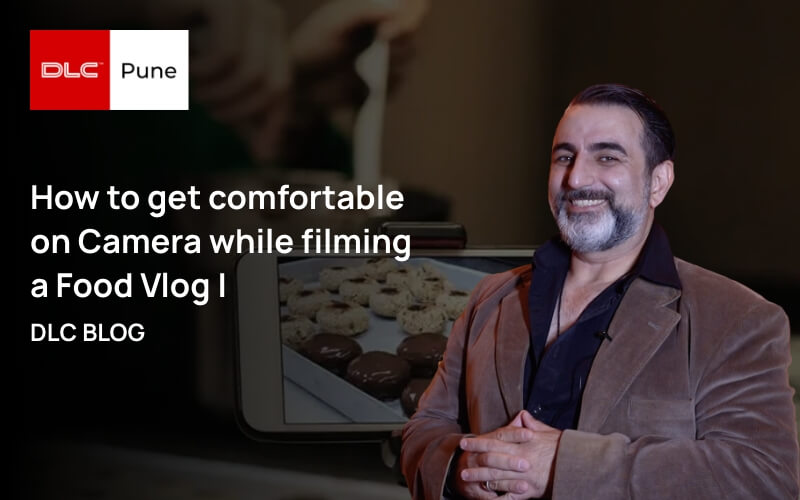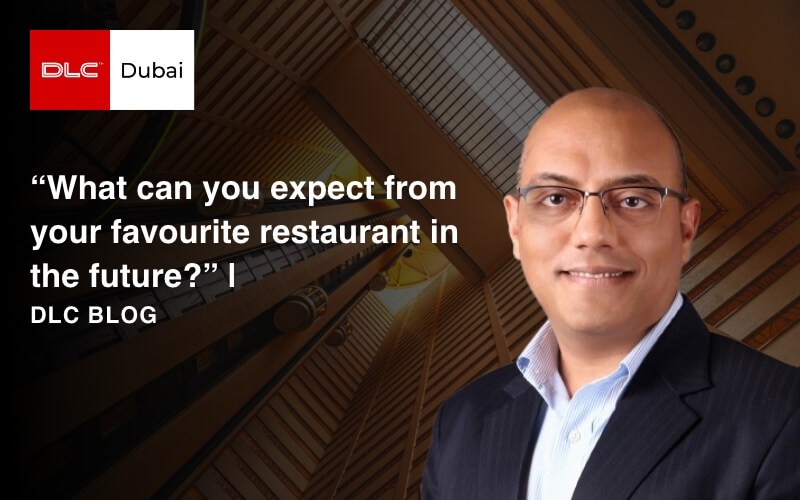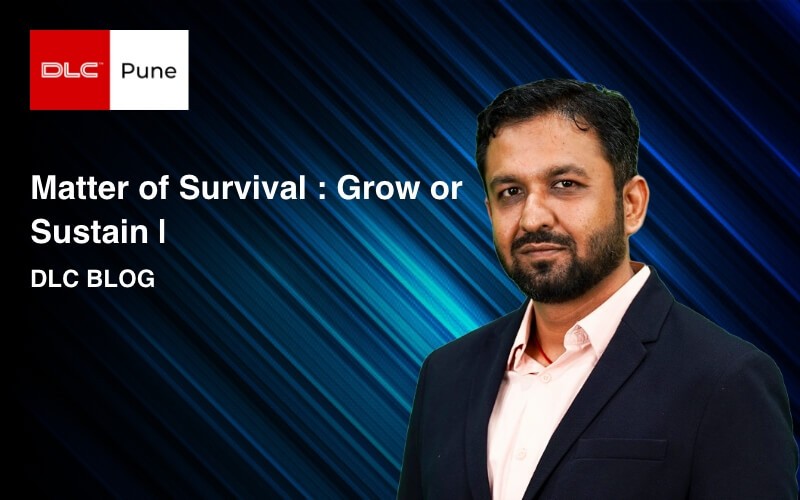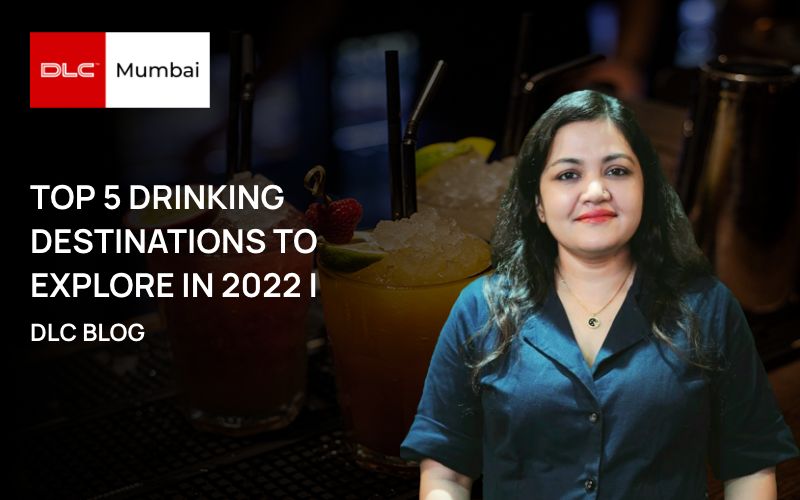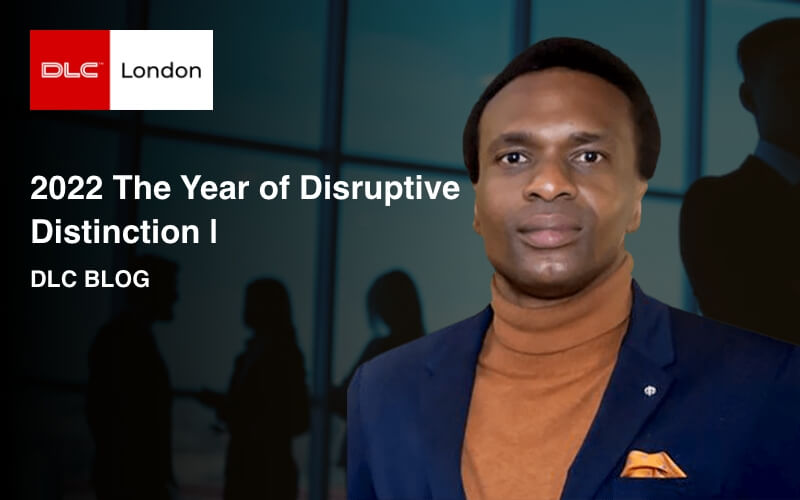
Food is a human requirement and restaurants have been fulfilling this need over hundreds of years and generations. While restaurants, food trends, and service formats have changed, customers' preferences and taste palates have also evolved over the years. To understand the food establishment of the future, it is first important to understand changing consumer behaviors. For this, we need to look into the different tiers of the F&B industry and their target customer bases. Broadly, one can classify the sector into the following segments :
- The high-end, fine-dine experience
- The high-end, lounge & bar experience
- The mid to high-end, casual-dine & lounge experience
- The mid-level, bar & pub experience
- The mid-level, gourmet & artisanal cuisine experience
- The mid-level, cuisine dine-in/take-away/delivery experience
- The mid-level, café experience
- The lower mid-level, cuisine dine-in/take-away/delivery experience
- Disruption by Need
- This can be clearly identified by the need for a particular cuisine or venue format and experience. It is a must for F&B operators to cater to the different taste palates thereby satisfying the cuisine needs of customers and adding to the existing variety within the existing F&B landscape
- Disruption by Choice of Eating
- Eating choices are evolving and emerging owing to customers either having certain preferences or compulsions owing to health reasons or allergens.
- Restaurants must create new menu forms and newer food spaces within the F&B universe with diets such as gluten-free, keto, plant-based, vegan, and lactose.
- Disruption by Experience
- Customers expect and demand newer experiences. Such experiences may serve great food but in formats that are unique, futuristic, heart-warming, and hold high-value propositions
- A few unique formats creating disruptions could be in the form of dark restaurants where customers eat in pitch darkness, restaurants where everything is prepared and served by using robotics, and dining experiences that are specially curated and private in the form of supper clubs
- Disruption by Tech
- The much talked about, hyped about disruptions of all times is the Food Tech phenomenon, which is now global in different shapes and sizes. Technology has long been an enabler, supporting businesses and industries for many decades. With food, however, technology, while initially being an enabling tool, seems to be fast overcoming and becoming the leader in establishing new venues, formats, experiences, and trends. This is causing a huge disruption in the “ways of doing the F&B business” from the traditional point of view to one being “led by tech” in almost all forms of decision making, be they to decide which cuisine to operate, to which location be the most appropriate, to even deciding what customers would want to eat and drink.
Food has evolved through generations, being passed down from one to another, developing newer flavors, integrating with other cuisines to create fusion recipes, modernizing cuisines, and yet going back to traditional practices every now and then.
Food is the binding factor for cultures, nationalities & all humans, which today is prepared and served in various formats. The latest emerging trends in the F&B segment are:
- Food Halls
- These are essentially large spaces converted into a common dining space with multiple F&B establishments setting up kitchen spaces to prepare fresh, made-to-order, gourmet-style food.
- Customers enjoy the openness of the space; intermingle with each other while savoring dishes of their choices.
- Cloud Kitchens
- As the name suggests, these are large production facilities, which cater only as delivery locations, from where fresh food is produced and dispatched to customer’s
- These have become extremely popular the world over as they provide huge cost savings for F&B operators by means of reducing space requirements, labor costs, head office expenses, fleet costs, and inventory management.
- Cloud kitchens are generally structured in a manner by which food production spaces are efficiently optimized, menu selections are crisp, production times are shorter, thus allowing the food to be prepared and delivered to the customers within shorter time-frames, thereby improving the end experience.
- Pop-up Markets
- A very common sight for the last few years, over weekends, especially in the better weather months, is the emergence of pop-up markets in parks and communities.
- These have become so popular with residents within different communities that food and non-food vendors, establishments, and entrepreneurs get a chance to showcase their products and gain encouragement from the local community. Some established players also participate in these markets, thereby creating diversified sources of revenue for their establishments and attracting customers, alike.
An Advisor, Speaker & Panelist with over 2 decades of experience in Hospitality, Real Estate, Strategic Marketing & Knowledge Management. A specialist at launching & successfully operating F&B businesses. A graduate of Hotel Management, an MBA in International Marketing from Ecole Nationale des Ponts et Chaussees, Paris, he founded Malt & Salt Hospitality with the aim of providing excellence in Hospitality Management & Growth Acceleration.
Want to connect ?
































